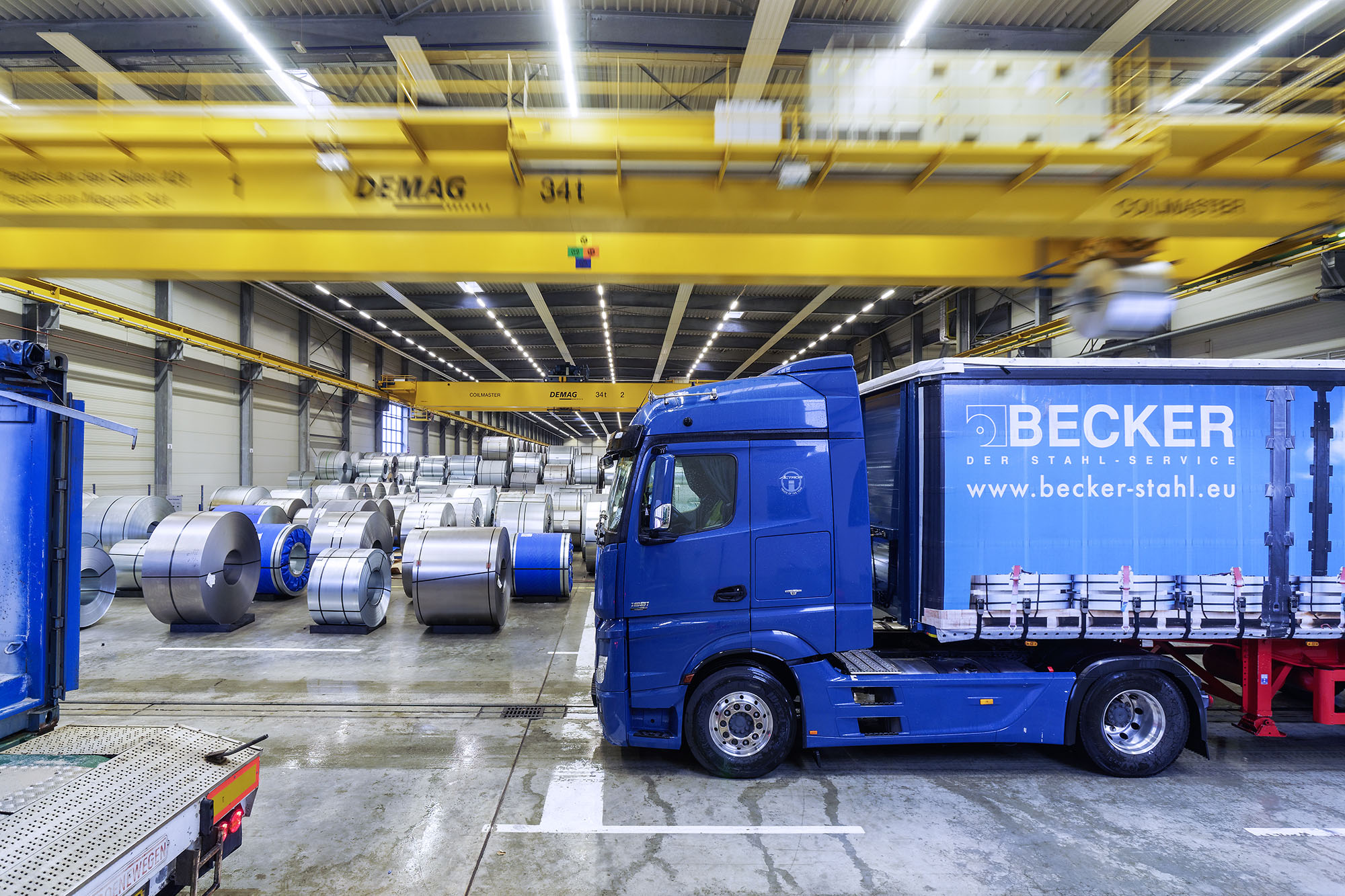German steel producers, distributors and traders were found to be bullish on pricing over November, following the BlechExpo fair, where participants left with expectations of higher prices for Q1, though the short term is still expected to be mostly stable, data from the S&P Global Platts monthly steel sentiment survey showed.
As automotive demand continues to weaken, most participants were also in agreement about higher inventories due to more previously agreed automotive volumes now back up for grab, with production therefore expected to be lower as several producers stop their galvanizing lines.
The survey, which is used to compile an index demonstrating pricing sentiment, was conducted at the beginning of this month and showed the overall expectation for steel prices at 59, up 34 points from October, with all participants largely in consensus over the bullish direction.
“It won’t be the higher prices we had in the last 12 months, but they will be firm,” a German distributor told Platts. “Stockholders and end-buyers have been trying to point out some negative trends, but the mills are very strong. You also have the US market opening to a certain extent and protectionism against imports.”
The US and EU decision to replace the US Section 232 tariffs on European steel and aluminum imports with a tariff-rate quota (TRQ) effective Jan. 1 sparked a wave of bullish sentiment. Market sources had been waiting on the outcome of EU-US discussions since the summer, with many buy-side sources fearing higher domestic prices if mills decide to send material overseas.
“Lead times are shorter, and from the Section 232 announcement for European steel into the US, a lot of material will disappear,” a second German distributor warned.
The aggregate yearly import quota volume under the TRQ system is set at 3.3 million mt and is country-specific, coming under 54 product categories.
There was also a hesitancy to buy from imports as foreign producers started increasing their prices, with Russian import prices having risen steadily to Eur910/mt CIF Antwerp this week. Concerns about Turkish material were also apparent, with European buyers weary of additional risks due to a weakening economy and political instability.
European inventories up, production levels dip
European mills have become inundated with unneeded automotive volumes and imports since cleared from over the summer. This coupled with quiet domestic demand has led to larger inventories.
Buyers are in no rush to buy as they look to exhaust the stocks they have built up due to the shortage from several months ago, and lead times having shortened to as little as three weeks.
Some major European mills were heard to be looking for spare warehouse space to accommodate the upwards of 30,000 mt of available HRC not taken by automotive manufacturers.
A Benelux-based buyer source said activity had been very muted due to “capacity problems,” with customers having bought more than they needed.
“For us there’s no reason to buy because the lead times are so short,” the buyer said.
The index for inventory sentiment stood at 55, suggesting a moderate rise in stored volumes, with an index of 50 denoting stability. This was down from the bullish period in October when the index stood at 77. Steel producers were the most bullish on inventory increases for November with an index of 60, while traders stood at 50.
Production outlook for November were bearish with the overall index at 49, suggesting a decrease as mills pause their galvanizing lines due to weakening automotive demand. Most bullish in this category were traders at 58, followed by producers at 40.
Sources told Platts the situation with automotive and rising energy costs was making some European producers reconsider their production plans.
“They [mills] are stopping galvanizing lines for lack of demand,” a European service center source said. “Can see in October production lines were stopped in automotive, there are also electricity issues with zinc smelters.”
— Amanda Flint, Laura Varriale






